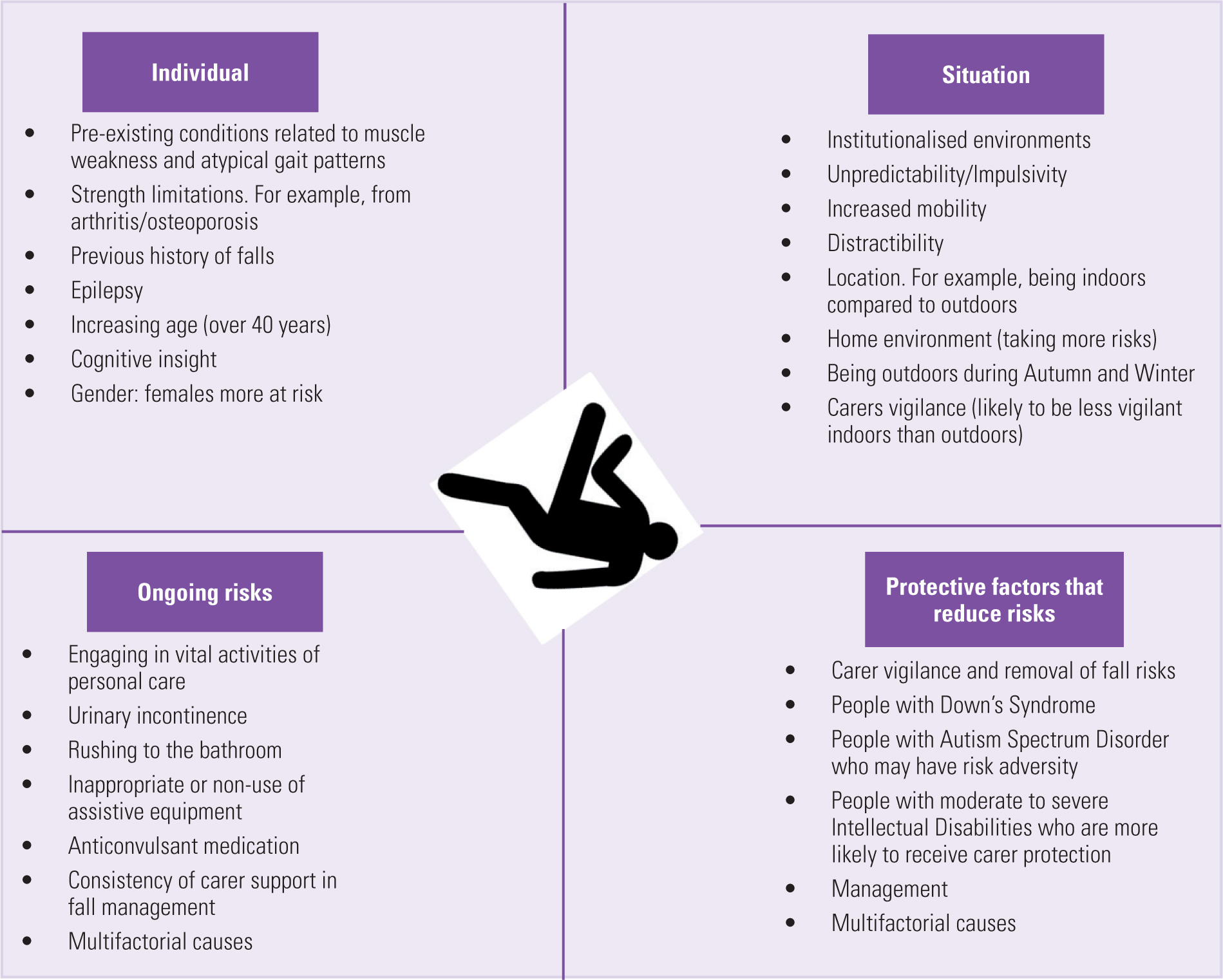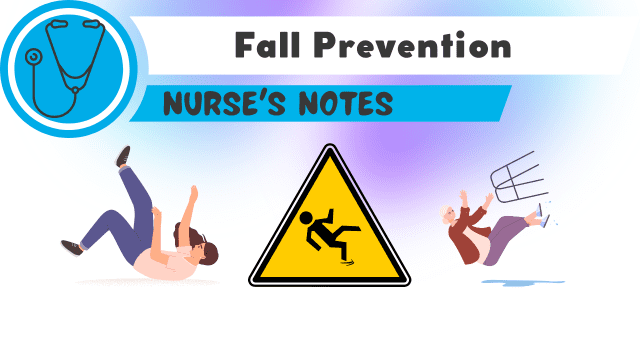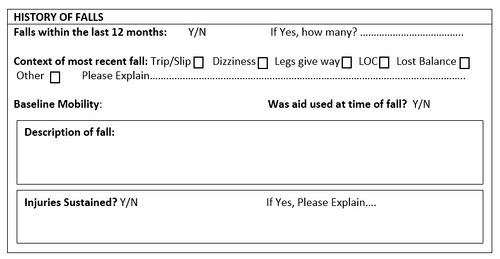How Dementia Fall Risk can Save You Time, Stress, and Money.
Some Known Details About Dementia Fall Risk
Table of ContentsThe Single Strategy To Use For Dementia Fall RiskGetting The Dementia Fall Risk To WorkThe Of Dementia Fall RiskAn Unbiased View of Dementia Fall Risk
An autumn risk evaluation checks to see exactly how likely it is that you will drop. It is mostly provided for older grownups. The evaluation usually consists of: This consists of a series of concerns about your total health and if you've had previous drops or problems with equilibrium, standing, and/or walking. These tools test your stamina, balance, and stride (the means you walk).Treatments are recommendations that might decrease your danger of falling. STEADI includes three steps: you for your risk of dropping for your risk elements that can be boosted to try to stop falls (for instance, balance troubles, damaged vision) to reduce your risk of falling by making use of reliable methods (for instance, giving education and sources), you may be asked a number of concerns consisting of: Have you fallen in the past year? Are you fretted regarding dropping?
If it takes you 12 seconds or even more, it might mean you are at greater risk for a fall. This test checks strength and equilibrium.
The positions will get more difficult as you go. Stand with your feet side-by-side. Relocate one foot halfway ahead, so the instep is touching the huge toe of your various other foot. Move one foot fully in front of the other, so the toes are touching the heel of your other foot.
Dementia Fall Risk Can Be Fun For Anyone
The majority of falls take place as a result of multiple contributing variables; for that reason, taking care of the danger of falling starts with identifying the aspects that add to fall threat - Dementia Fall Risk. A few of the most pertinent danger factors include: History of prior fallsChronic medical conditionsAcute illnessImpaired stride and equilibrium, lower extremity weaknessCognitive impairmentChanges in visionCertain high-risk drugs and polypharmacyEnvironmental factors can additionally increase the risk for drops, including: Insufficient lightingUneven or harmed flooringWet or unsafe floorsMissing or damaged handrails and get barsDamaged or improperly fitted tools, such as beds, wheelchairs, or walkersImproper use assistive devicesInadequate guidance of individuals staying in the NF, consisting of those that exhibit aggressive behaviorsA successful fall risk administration program calls for an extensive professional evaluation, with input from all members of the interdisciplinary team

The care plan need to additionally consist of interventions that are system-based, such as those that promote a risk-free atmosphere (appropriate lights, hand rails, grab bars, and so on). The effectiveness of the interventions should be assessed regularly, and the treatment plan revised as essential to reflect modifications in the autumn click this site danger evaluation. Carrying out an autumn danger monitoring system utilizing evidence-based ideal practice can reduce the prevalence of drops in the NF, while restricting the possibility for fall-related injuries.
Not known Factual Statements About Dementia Fall Risk
The AGS/BGS standard advises screening all grownups aged 65 years and older for autumn risk each year. This testing contains asking patients whether they have actually dropped 2 or more times in the past year or looked for medical interest for a fall, or, if they have not dropped, whether they really feel unstable when walking.
People who have actually fallen as soon as without injury should have their equilibrium and stride assessed; those with stride or equilibrium irregularities must get extra assessment. A background of 1 fall without injury and without gait or balance troubles does not call for more assessment beyond continued yearly loss danger testing. Dementia Fall Risk. A loss risk evaluation is required as component of the Welcome to Medicare assessment

The Best Strategy To Use For Dementia Fall Risk
Recording a drops history is one of the quality indications for loss avoidance and monitoring. Psychoactive medications in specific are independent predictors page of drops.
Postural hypotension can commonly be eased by lowering the dose of blood pressurelowering medicines and/or quiting medicines that have orthostatic hypotension as a side result. Use of above-the-knee assistance pipe and copulating the head of the bed raised might additionally decrease postural decreases in high blood pressure. The suggested aspects of a fall-focused checkup are received Box 1.

A yank time greater than or equal to 12 secs suggests high loss danger. The 30-Second Chair Stand examination assesses reduced extremity toughness and balance. Being unable to stand from a chair of knee elevation without using one's arms suggests raised fall threat. The 4-Stage Balance test analyzes fixed balance by having the person stand in 4 positions, each gradually extra difficult.